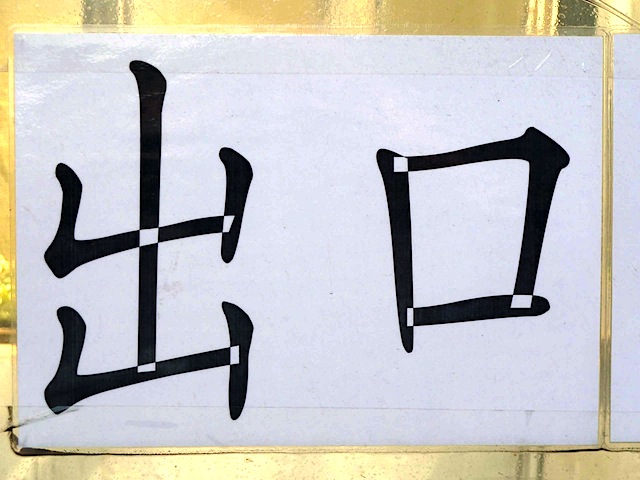I am extraordinarily pleased that the upcoming ATypI (Association Typographique Internationale) conference will be held in Hong Kong: ATypI Hong Kong 2012. The dates are October 10th through the 14th, 2012, and the theme is between black and white (墨 in Chinese). For font developers who relish at the thought of discussing font-related issues and ideas with others in the same industry, the annual ATypI conference represents a unique opportunity. And, given its venue for this year’s iteration, a larger-than-usual number of CJK font developers are likely to attend, and the number of CJK-related presentations and workshops should be greater than usual.
In any case, I am planning to attend and present at this conference, and very much look forward to meeting other CJK font developers there.


